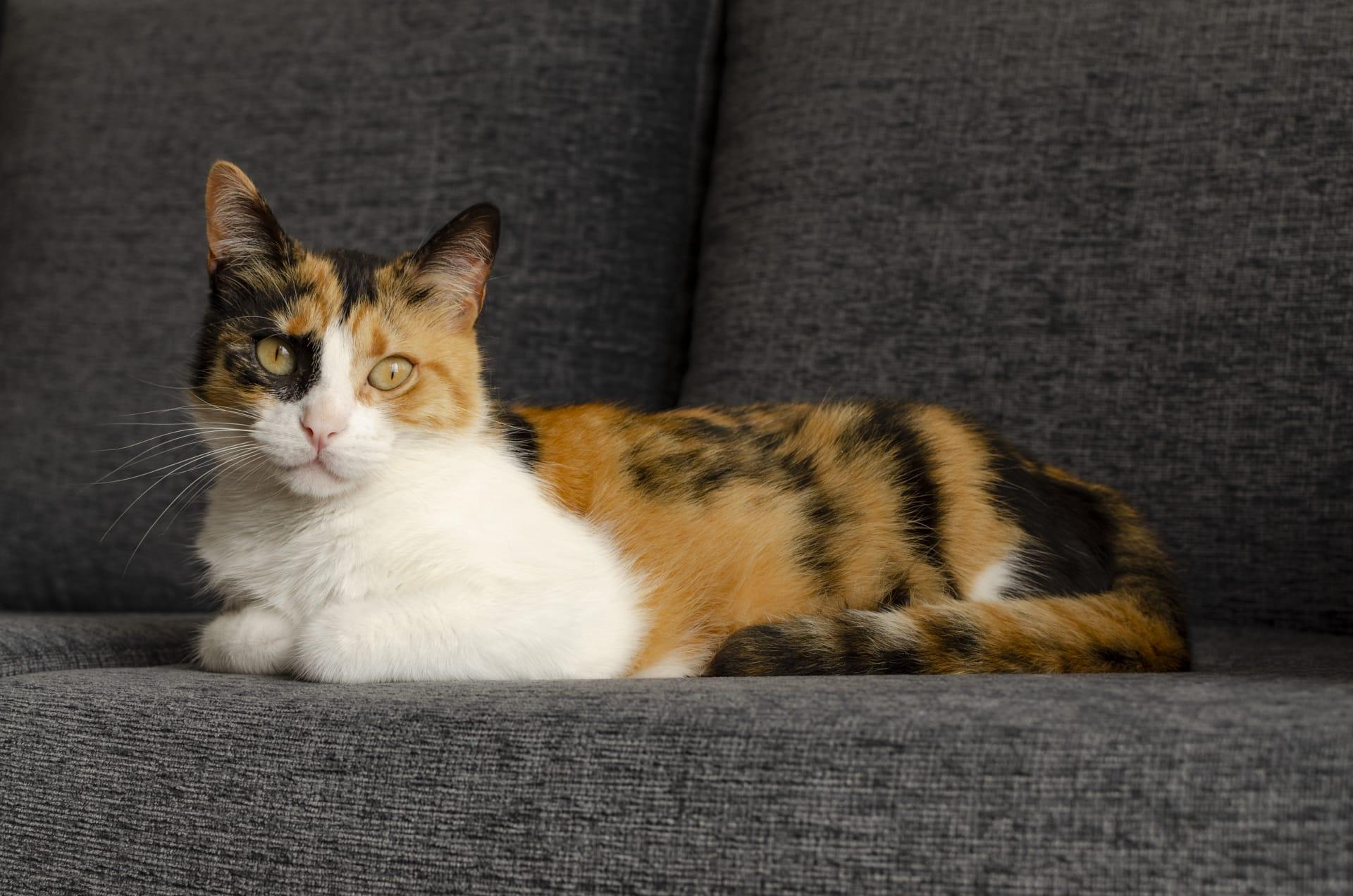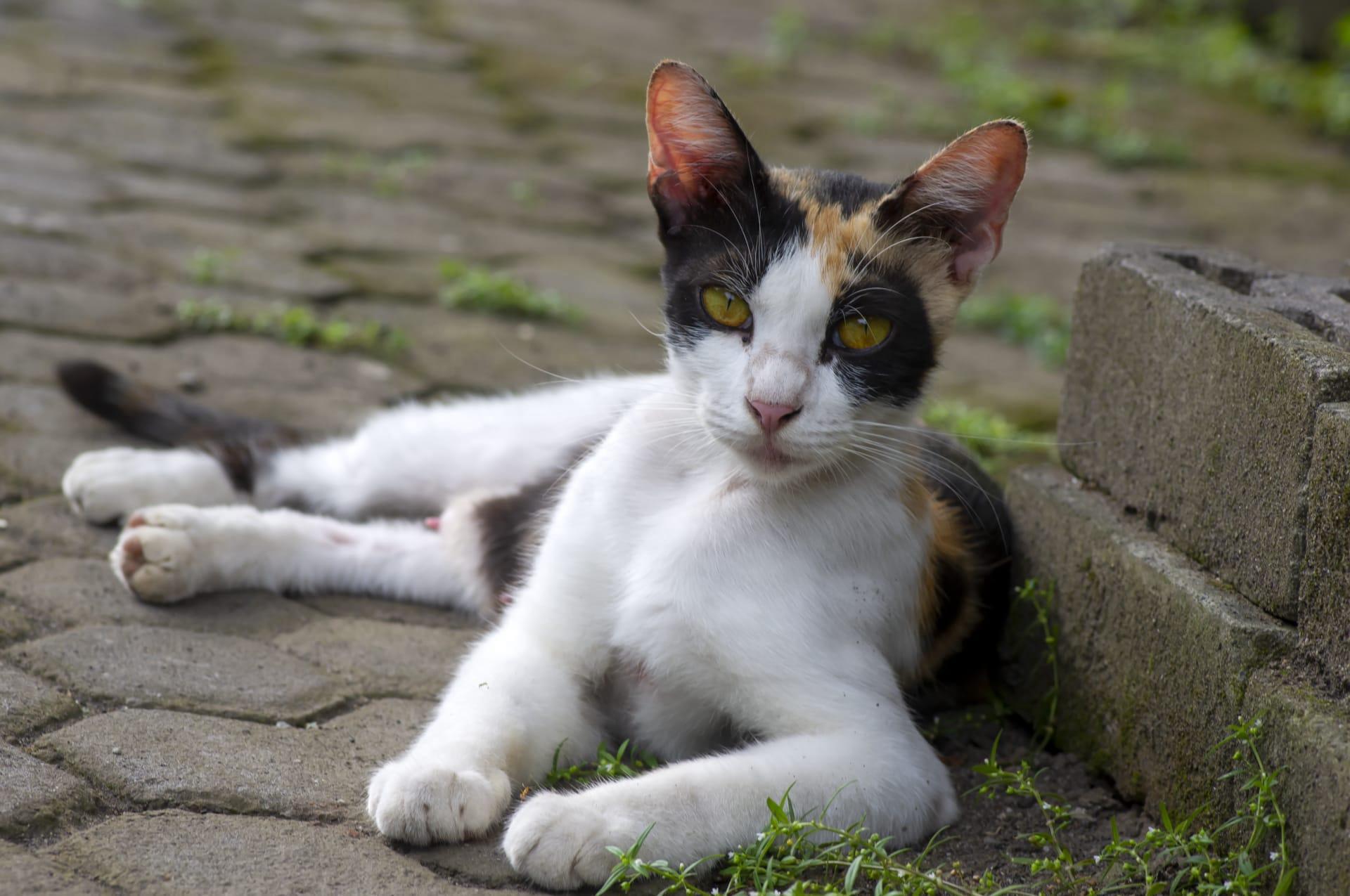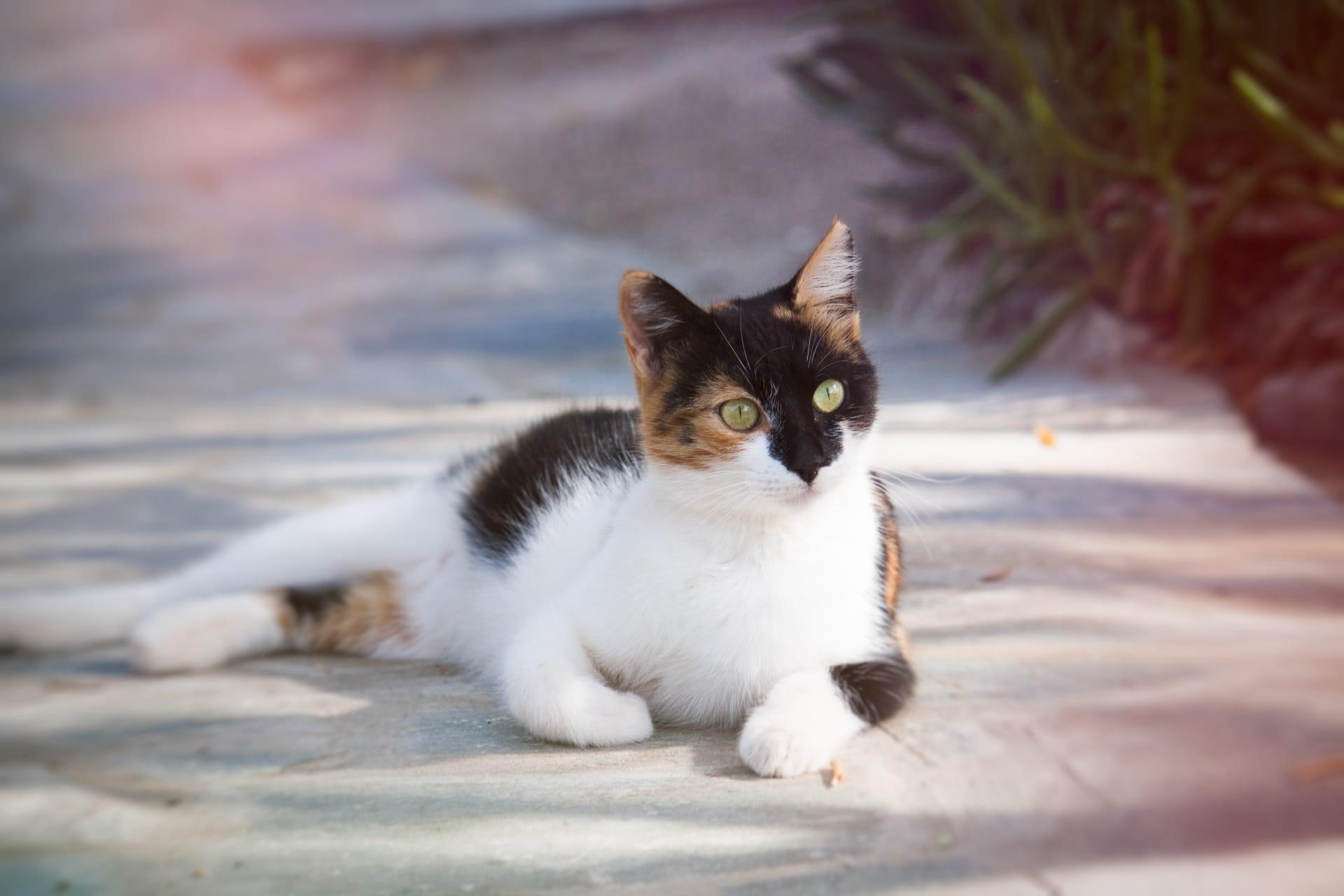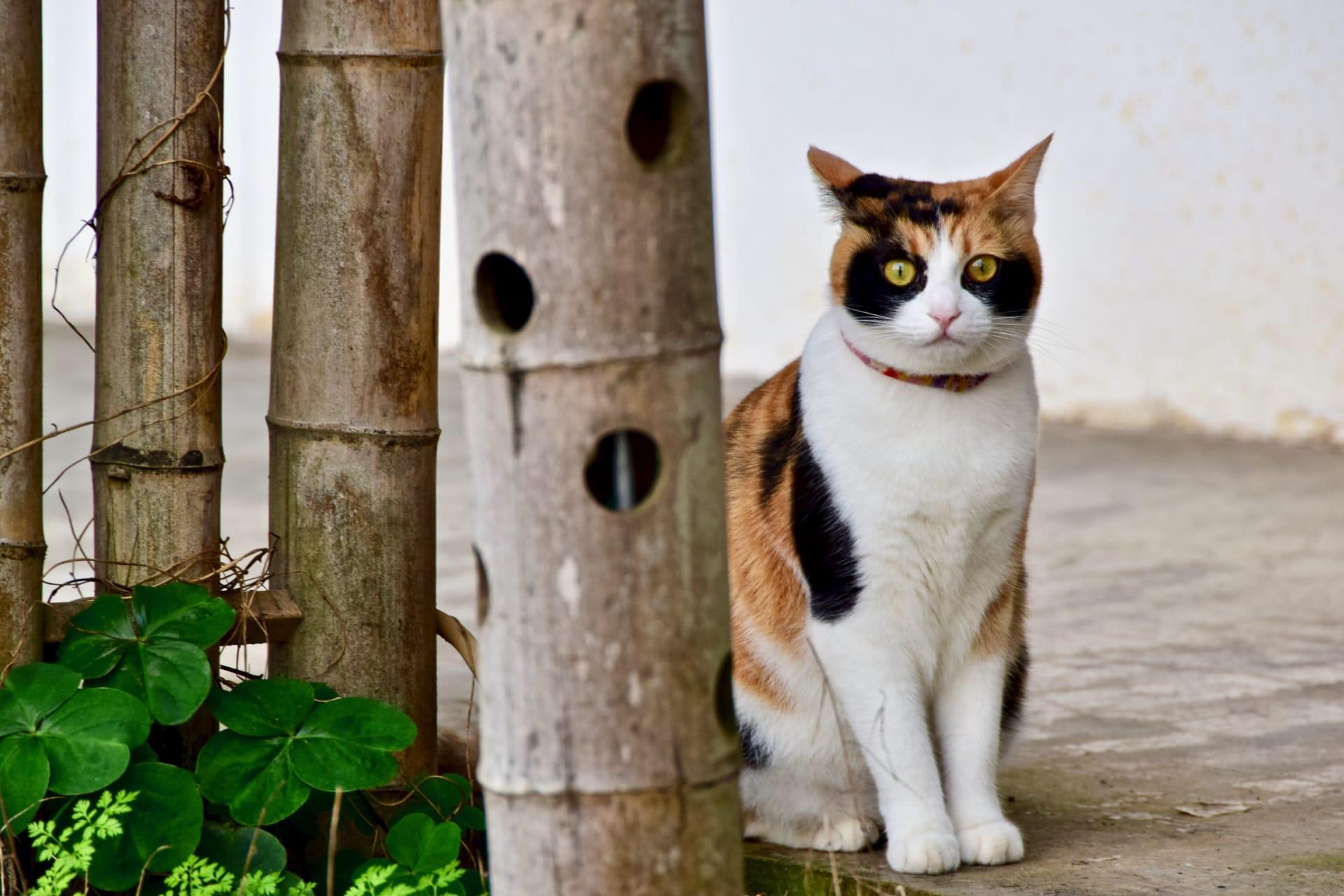1
The Japanese Bobtail cat is known for its unique "pom-pom" tail, a result of a genetic mutation. Unlike the long, flowing tails of most cat breeds, the Bobtail's tail averages just 2-4 inches (5-10 cm) in length. This distinctive feature gives the tail a rabbit-like appearance, with each cat having a uniquely shaped tail due to the varying degrees of bends, kinks, and lengths.
Another fascinating aspect of the Japanese Bobtail is its role in Japanese culture and folklore. This breed is often associated with good luck and prosperity. The famous 'Maneki-neko', or the 'beckoning cat', which is commonly seen in businesses and homes across Japan, is most frequently depicted as a Japanese Bobtail. This iconic figurine is believed to bring good fortune to its owners, and its design is inspired by the Bobtail's traditional calico coat, believed to be the luckiest.

2
Japanese Bobtails are highly social and intelligent creatures, making them excellent companions. They possess a unique vocal range and are known for their chirpy, melodious meows, which are often used to communicate with their human families. This breed is particularly vocal compared to others, engaging in long conversations with distinctive tones.
These cats are also known for their remarkable agility and love for play. They are adept jumpers and are often found perched in high places. Their strong hind legs allow them to leap great distances, making them not only entertaining to watch but also highly active. This athleticism is complemented by their playful nature, making interactive toys and climbing structures highly recommended for their environment.

3
Japanese Bobtails have a history that dates back centuries in Japan, with the first documented appearances in the country's literature and art dating back over 1,000 years. This long history is evident in numerous traditional artworks, including woodblock prints and paintings, where these cats are frequently depicted as companions of ancient Japanese people, showcasing their longstanding presence in Japanese history and society.
The breed's coat is another interesting feature, known for its silkiness and minimal shedding. Japanese Bobtails can come in a variety of colors and patterns, but the most iconic is the "Mi-Ke" (pronounced mee-keh) or tricolor pattern, consisting of white, black, and red patches. This variety, combined with the breed's low-maintenance grooming needs, makes them a popular choice for cat enthusiasts.

4
Japanese Bobtails are naturally predisposed to a healthy genetic makeup, with a lifespan that often exceeds 15 years. This robust health is attributed to the breed's diverse gene pool and the absence of many genetic disorders common in other cat breeds. Their energetic and playful demeanor continues well into their senior years, maintaining a kitten-like zest for life longer than most.
In terms of reproduction, Japanese Bobtails are unique for their relatively trouble-free birthing process. The breed is known for having fewer complications during pregnancy and childbirth compared to other breeds. Females are known to have strong maternal instincts, often resulting in larger-than-average litter sizes with kittens that inherit the breed's vibrant personality and health.

5
The Japanese Bobtail's affinity for water is unlike most cats. Many individuals of this breed display a surprising interest in water, often playing in puddles or even attempting to join their owners in the bath. This unusual trait makes them more amenable to bathing, which can be an advantage for owners looking to keep their pets clean without the struggle typically associated with bathing cats.
Finally, the Japanese Bobtail's social nature extends to other animals. They are known to get along well with other cats and even dogs, making them excellent additions to multi-pet households. Their adaptable and friendly disposition helps them to form strong bonds with both humans and other pets, fostering a harmonious living environment. This makes them ideal companions for families looking for a sociable and engaging pet.